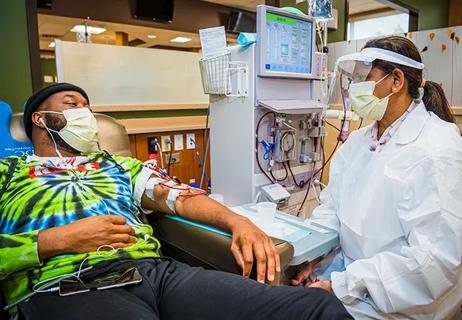Locations:

The team reports their early experience and what's ahead

Vascular access is finally getting the attention it deserves

Addresses growing need for specialists in dialysis vascular access

Life plan for a lifeline replaces the “fistula first” initiative
Advertisement
Cleveland Clinic is a non-profit academic medical center. Advertising on our site helps support our mission. We do not endorse non-Cleveland Clinic products or services. Policy
Advertisement
Advertisement